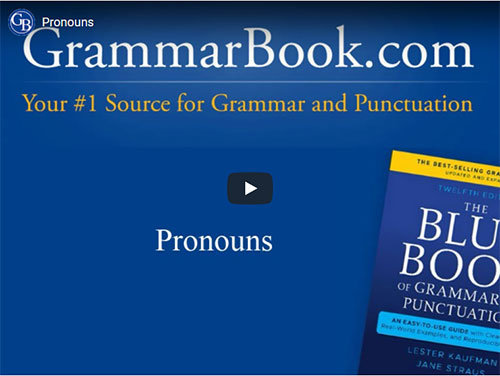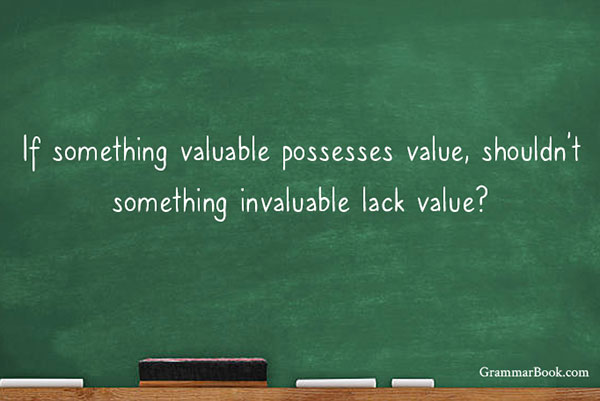|
The dash (—) and the ellipsis (…) are two useful tools for writing in English. Each mark gives us the means to add pacing and patterns of thought that follow how we often think and speak.
However, one mark's functions can sometimes be confused for the other's. We'll look at how to use the marks accurately so you further understand how they can serve your writing with style and effect.
The main distinction to note is that a dash indicates an abrupt stop or interruption, an emphatic pause, or a break in thought. (Note also that a dash in this context is the em-dash as opposed to the en-dash, which serves separate roles.)
An ellipsis, on the other hand, signals a brief pause, a wavering, or an omission. It might also convey a trailing thought at the end of a sentence.
In reinforcing main ways that the marks differ, we will refer to our two chief supporting style guides, The Associated Press Stylebook and The Chicago Manual of Style.
Dash (—)
Combined, AP and CMOS identify the following uses of the dash for writing:
1) When there is an abrupt break, change in thought, or emphatic pause in a sentence
During her years in office, the governor managed—usually by the slimmest of margins—to gain bipartisan support for her primary policies.
"Will she—can she—finish the race with a sore calf?" the coach said.
Ask not what your country can do for you—ask what you can do for your country. |
2) When a phrase that otherwise would be set off by commas contains a series of words that must be separated by commas
| The rock singer defined the items he would require in the green room—bottled water, Swedish fish, trail mix, spent shell casings, Mad magazine—before the performance. |
3) When an element added for emphasis or explanation expands a phrase in the main clause, often as an appositive
Karen spent two weeks composing her essay—an essay she hoped would transcend the shaping of thoughts to the reaching of hearts.
Warren enjoyed all of the home movies but the last—the one in which he unwittingly wore different-colored socks and a new shirt with the price tag still on it. |
Appositional elements set apart by a dash might also be introductory or appear in the midst of a sentence:
Asher, Noah, Ryan—these were the men Sarika wanted on her security team.
The spirits of the three greatest Yankees—Babe Ruth, Lou Gehrig, Mickey Mantle—will always be with New York. |
4) When one person is interrupted by another in dialogue
"You know," Ricky said, "now that you ask, I—"
"I don't want to hear it!" Lucy said. "Your well of excuses is dry!" |
Style note: AP includes spaces around a dash; CMOS does not. GrammarBook follows CMOS usage in omitting spaces.
AP: The memory of the three greatest Yankees — Babe Ruth, Lou Gehrig, Mickey Mantle — will always be with New York.
CMOS: The memory of the three greatest Yankees—Babe Ruth, Lou Gehrig, Mickey Mantle—will always be with New York. |
Ellipsis (…)
Combined, AP and CMOS identify the following uses of the ellipsis for writing. (Note that GrammarBook advocates including spaces with ellipsis marks and surrounding words.)
1) To suggest faltering or fragmented speech accompanied by confusion, insecurity, distress, or uncertainty
"I … I … it's just … I can't believe you just said that," Bartholomew said.
"The book … where is the book?" Donetta said. |
If other punctuation for expression or emphasis is used within a fragment of the quoted material, the mark is kept before the ellipsis:
| "The storm clouds … my goodness! ... look! ... there in the distance!" Ned said. |
2) To conclude a quoted sentence that is deliberately and grammatically incomplete
| Most Americans are familiar with Martin Luther King Jr.'s speech in which he begins multiple statements with ‘I have a dream …' " |
As shown in this example, when an ellipsis concludes a sentence in this context, it does not have another space or period after the mark.
If the fragment is not included as part of a sentence but rather as a prompt or a beginning, its fragmentary character does not need to be identified with ellipsis periods:
| My goal is to memorize several of MLK's statements starting with "I have a dream" before the end of the semester. |
3) To show an omission regardless of whether it comes in the middle of a sentence or between sentences
If the omission is within the same sentence, we use only the three-period ellipsis. If the omission is within wider content, such as a paragraph, we include a period after the ellipsis to show the current statement with the omission has ended.
Original sentence: Rosetta would like all of you to know before she retires that she appreciates your many years of dedicated hard work for the community.
Omission same sentence: Rosetta would like all of you to know … she appreciates your many years of dedicated hard work for the community.
Original paragraph: Rosetta would like all of you to know before she retires that she appreciates your many years of dedicated hard work for the community. You have shown what can be achieved when people believe in a purpose and apply the best of themselves to bring it to life. She thanks you, and she will always remember you.
Omission same paragraph: Rosetta would like all of you know … she appreciates your many years of dedicated hard work for the community. … She thanks you, and she will always remember you.
Another helpful way to distinguish an ellipsis from a dash is to remember that an ellipsis is typically softer in volume and tone while a dash is more abrupt and pronounced. |
Related Topics
Ellipses
Ellipsis Four-Dot Method
Dashes
|





